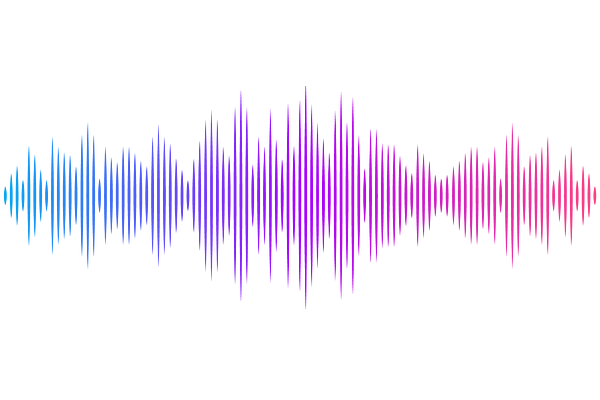Radio Detection of ultra-high-energy Cosmic-Ray Air Showers

Radio Detection of ultra-high-energy Cosmic-Ray Air Showers
Frank G. Schröder
AbstractRadio antennas have become a standard tool for the detection of cosmic-ray air showers in the energy range above $10^{16}\,$eV. The radio signal of these air showers is generated mostly due to the deflection of electrons and positrons in the geomagnetic field, and contains information about the energy and the depth of the maximum of the air showers. Unlike the traditional air-Cherenkov and air-fluorescence techniques for the electromagnetic shower component, radio detection is not restricted to clear nights, and recent experiments have demonstrated that the measurement accuracy can compete with these traditional techniques. Numerous particle detector arrays for air showers have thus been or will be complemented by radio antennas. In particular when combined with muon detectors, the complementary information provided by the radio antennas can enhance the total accuracy for the arrival direction, energy and mass of the primary cosmic rays. Digitization and computational techniques have been crucial for this recent progress, and radio detection will play an important role in next-generation experiments for ultra-high-energy cosmic rays. Moreover, stand-alone radio experiments are under development and will search for ultra-high-energy photons and neutrinos in addition to cosmic rays. This article provides a brief introduction to the physics of the radio emission of air showers, an overview of air-shower observatories using radio antennas, and highlights some of their recent results.